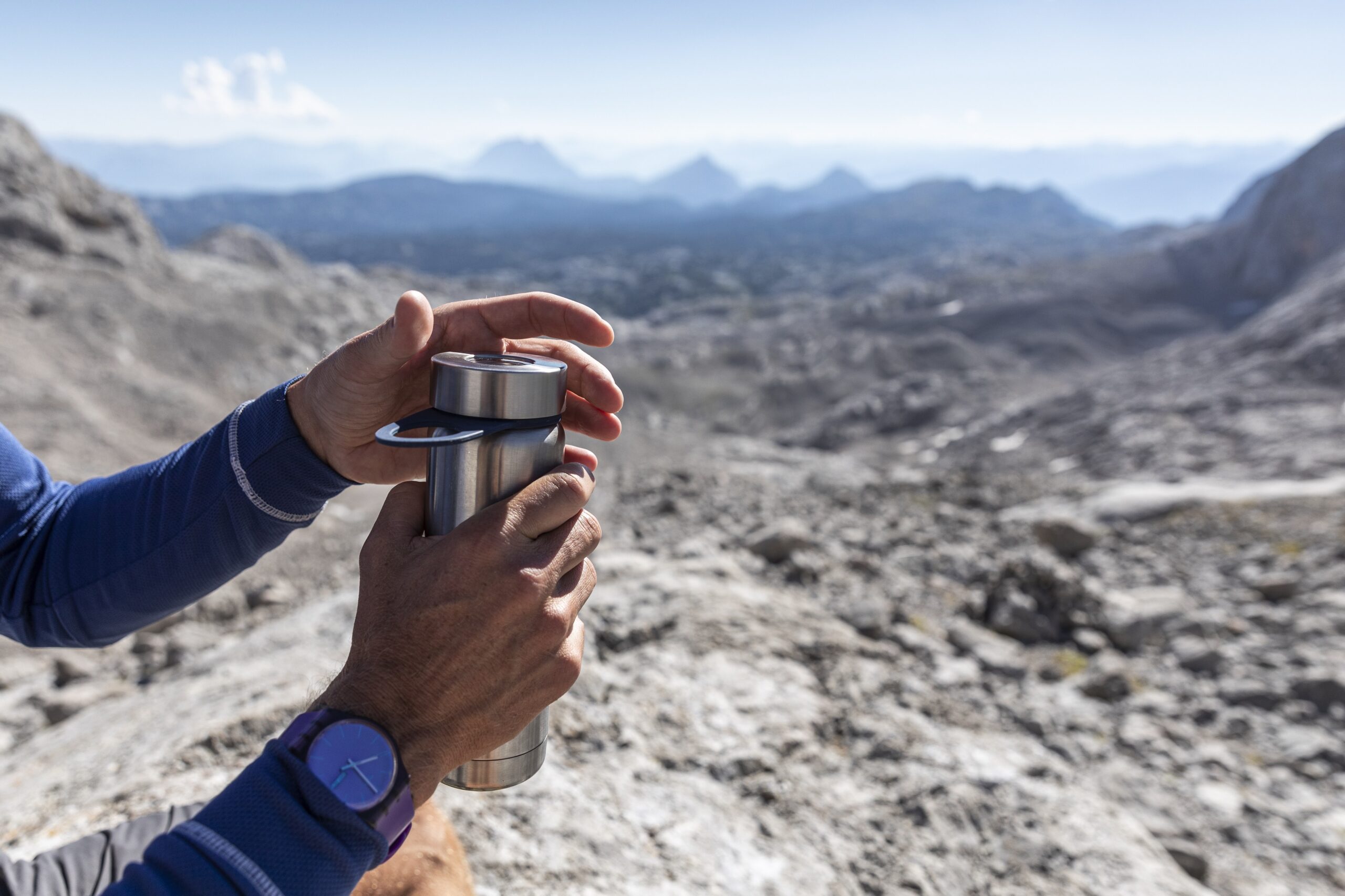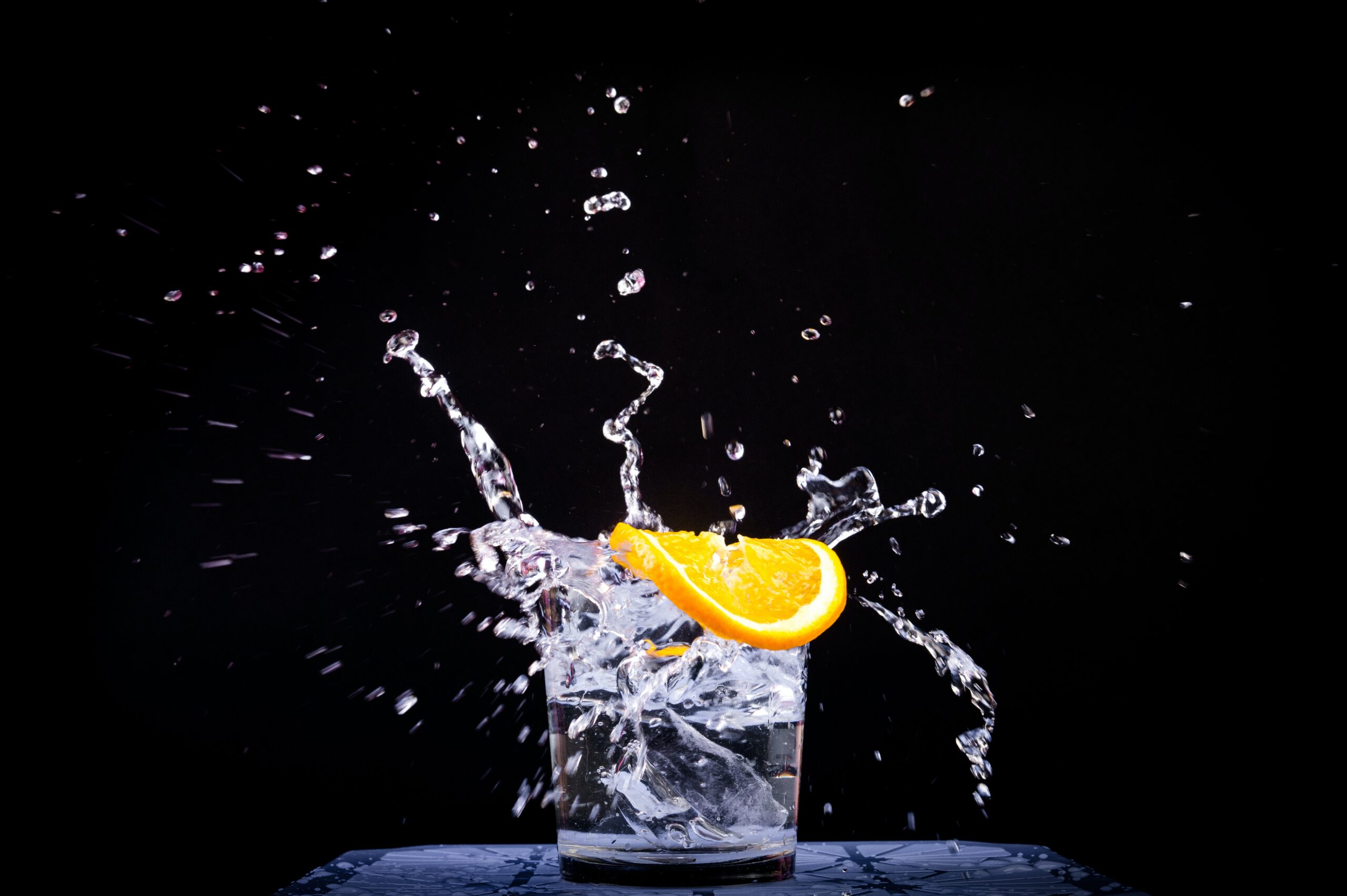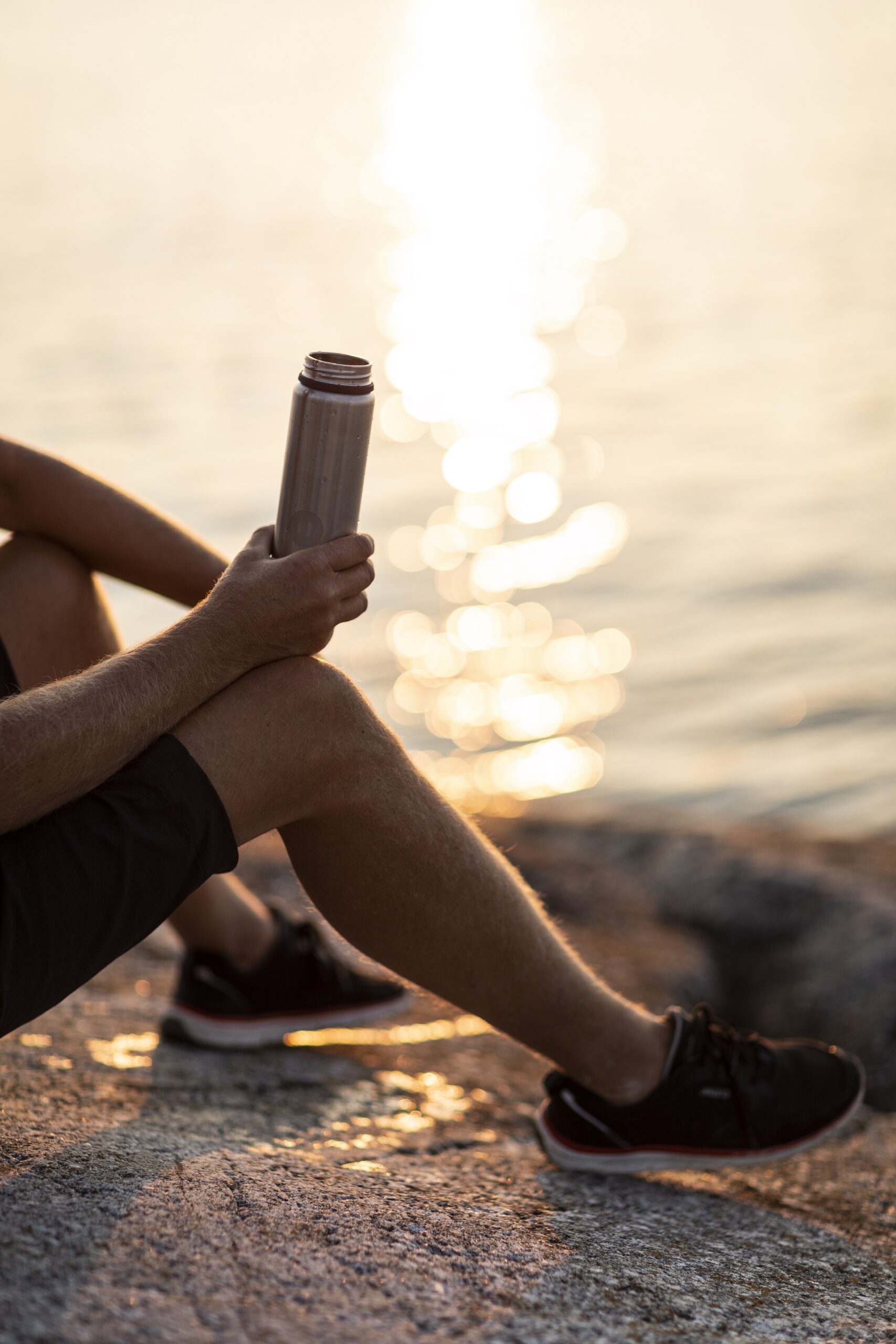You push yourself to the limit during intense workouts, but are you giving your body the hydration it needs? In this article, we will explore some practical tips and tricks to help you stay properly hydrated during your most challenging exercise routines. From timing your water intake to choosing the right beverages, we’ve got you covered. So, grab your water bottle and let’s ensure that you stay refreshed and energized throughout your intense workouts.
Understanding the Importance of Hydration during Workouts
Why staying hydrated is crucial
Staying hydrated is crucial during workouts because water plays a vital role in regulating your body temperature, lubricating your joints, transporting nutrients, and flushing out toxins. When you exercise, especially during intense workouts, you lose water and electrolytes through sweat. It is essential to replace these fluids to maintain proper bodily functions and prevent dehydration.
Effects of dehydration on performance
Dehydration negatively impacts your performance during workouts. Even mild dehydration can lead to a decrease in strength, endurance, and overall athletic performance. When you are dehydrated, your body has to work harder to perform the same exercises, leading to fatigue and reduced productivity. Dehydration also impairs cognitive function, making it harder to focus and maintain proper form during workouts.
Health hazards of dehydration during exercise
dehydration can have severe health consequences during exercise. It can cause heat exhaustion, heat stroke, muscle cramps, and dizziness. Additionally, dehydration puts a strain on your heart, as it has to work harder to pump blood through your body. In extreme cases, severe dehydration can lead to organ failure and even death. It is crucial to prioritize hydration to avoid these health hazards and ensure a safe and effective workout.
Recognizing Signs of Dehydration
Physical indications of dehydration
Your body provides several physical indications that you may be dehydrated during workouts. These signs include dark yellow urine, dry mouth, dry lips, dry skin, sunken eyes, and fatigue. You may also experience a rapid heart rate, low blood pressure, and muscle weakness. It is essential to pay attention to these physical signs and address dehydration promptly to avoid further complications.
Performance-related signs of dehydration
Apart from physical indications, dehydration can also manifest through performance-related signs. If you notice a sudden decline in your performance, such as decreased speed, strength, or endurance, it could be a sign of dehydration. Difficulty concentrating, feeling lightheaded, or experiencing persistent headaches during workouts can also be indicators of inadequate hydration. Being aware of these performance-related signs can help you take the necessary steps to rehydrate and improve your workout performance.
How to monitor your hydration levels
Monitoring your hydration levels is essential to ensure you are adequately hydrated during workouts. One effective way to monitor your hydration is by paying attention to the color of your urine. Clear or pale yellow urine indicates proper hydration, whereas dark yellow or amber-colored urine suggests dehydration. Weighing yourself before and after workouts can also help assess fluid loss. A weight loss of more than 2-3% indicates significant dehydration and warrants immediate replenishment of fluids. By keeping a close eye on these indicators, you can adjust your hydration strategies accordingly.

This image is property of images.unsplash.com.
Determining Your Hydration Needs
How to calculate your sweat rate
Calculating your sweat rate can help determine your individual hydration needs during workouts. To calculate your sweat rate, weigh yourself before and after a one-hour workout session without clothes. Subtract your post-workout weight from your pre-workout weight to find the amount of fluid lost. Convert this weight loss into ounces or milliliters and divide by the exercise duration in hours. The result will be your sweat rate. Understanding your sweat rate can guide you in devising an effective hydration plan.
Factors affecting your hydration needs
Several factors influence your hydration needs during workouts. The intensity and duration of your exercise play a significant role. The more intense and prolonged your workout, the more fluids you will lose through sweat. Environmental conditions, such as high heat and humidity, also increase fluid loss. Additionally, individual factors like body weight, age, and gender can affect hydration needs. It is essential to consider these factors to determine the appropriate amount of fluid intake before, during, and after your workouts.
Role of individual difference in hydration needs
Individual differences play a crucial role in determining hydration needs. Each person’s body is unique, and what works for one may not work for another. Factors such as genetics, fitness level, and metabolic rate can vary from person to person, affecting hydration requirements. Some individuals may naturally sweat more than others, necessitating higher fluid intake. Being mindful of your own body’s needs and adapting your hydration strategies accordingly will help optimize your performance and overall well-being.
Best Hydrating Drinks for Intense Workouts
Benefits of water as the primary hydrating drink
Water should be the primary hydrating drink during intense workouts due to its numerous benefits. Water is readily accessible, affordable, and does not contain added sugars or artificial additives. It helps regulate body temperature, aids in digestion, and supports nutrient absorption. Water is also effective in replenishing fluids lost through sweat without additional calories or electrolytes. It is a versatile and practical choice for hydrating before, during, and after exercise.
When to consider sports drinks
Sports drinks may be beneficial during intense workouts lasting longer than 60-90 minutes or in high-intensity activities that involve excessive sweating. These drinks contain carbohydrates, electrolytes, and sometimes proteins, providing energy and replenishing lost nutrients. The electrolytes in sports drinks help maintain proper muscle function and prevent cramping. However, it is important to note that sports drinks often contain added sugars and calories, so they should be consumed in moderation and tailored to individual needs.
Pros and cons of other rehydration drinks
There are alternative rehydration drinks available on the market, each with its own set of pros and cons. Coconut water, for example, is a natural source of electrolytes and can be a refreshing option. However, it may not provide enough carbohydrates for sustained endurance activities. Flavored water or electrolyte-enhanced water can add variety and taste without excessive calories, but they may also contain artificial additives. Pre-mixed powdered hydration supplements offer convenience, but they may be pricier than other options. It is essential to consider the specific needs of your workout and personal preferences when choosing alternative rehydration drinks.

This image is property of images.unsplash.com.
Hydration Strategies Pre-Workout
When and how much to drink before your workout
Proper hydration before your workout sets the foundation for optimal performance. It is recommended to drink approximately 17-20 ounces (500-600 ml) of water two to three hours before exercising. This allows enough time for your body to absorb and distribute the fluid without causing discomfort during the workout. Closer to the workout time, consume an additional 8-10 ounces (240-300 ml) of water 10-20 minutes beforehand to top up your hydration levels.
Choice of drinks before exercise
Before exercise, it is best to prioritize water as the hydration drink of choice. Water is easily absorbed, does not cause stomach discomfort, and provides the necessary hydration without the added calories or sugars. However, if you anticipate a particularly long or intense workout, including a small amount of carbohydrate-rich drink, such as diluted fruit juice or a homemade sports drink, can provide an additional energy boost.
Role of meals in hydration
In addition to pre-workout hydration, the food you consume also plays a role in maintaining adequate hydration levels. Including hydrating foods in your pre-workout meal can contribute to your overall fluid intake. Foods such as watermelon, cucumbers, oranges, and strawberries have high water content and can help hydrate your body. Pairing these foods with a balanced meal that includes carbohydrates and proteins will provide the necessary fuel for your workout while contributing to your hydration goals.
Hydration Strategies During Workout
Amount of fluid intake during exercise
During exercise, it is important to maintain a steady fluid intake to combat fluid loss through sweat. The general recommendation is to consume 7-10 ounces (200-300 ml) of water every 10-20 minutes during your workout. Adjust this amount based on your sweat rate, environmental conditions, and personal preferences. It is crucial to drink enough to stay hydrated but avoid excessive intake that may lead to discomfort or sloshing in your stomach.
How often should you drink during workout
Hydration during your workout should be a continuous process. Sipping on water or a suitable hydration drink at regular intervals throughout the session is essential. Listen to your body’s cues and drink when you feel thirsty. By developing the habit of taking regular sips of fluid during exercise, you can prevent dehydration and optimize your performance.
Balancing hydration and over-drinking during workout
While it is important to stay hydrated during workouts, it is equally important not to over-drink. Overhydration, also known as hyponatremia, can be just as dangerous as dehydration. When you consume excessive amounts of fluid without the loss of electrolytes through sweat, the balance of sodium and water in your body is disrupted. This can lead to symptoms such as nausea, vomiting, confusion, and even seizures. To strike the right balance, listen to your body’s signals and aim for a steady and moderate fluid intake during your workout.

This image is property of images.unsplash.com.
Hydration Strategies Post-Workout
Replenishing fluids lost during exercise
After intense workouts, it is crucial to replenish the fluids lost through sweat to restore hydration levels. As a general guideline, aim to drink 16-24 ounces (475-700 ml) of fluid for every pound (0.45 kg) lost during exercise. This can help restore your body’s fluid balance and support recovery.
Ideal rehydration drinks after intense workouts
Water remains an excellent choice for rehydration after intense workouts. Its simplicity and effectiveness in replenishing fluids make it an ideal option. However, if you have engaged in an extended or high-intensity workout, incorporating electrolyte-rich drinks or sports drinks can aid in replenishing lost electrolytes and nutrients. Consuming these drinks as part of a balanced post-workout snack or meal can further enhance rehydration and recovery.
Role of recovery meals and snacks in rehydration
Rehydration post-workout should not be limited to fluids alone. Including recovery meals and snacks in your routine can provide additional nourishment and support optimal hydration. Opt for foods that contain a combination of carbohydrates, proteins, and electrolytes. Foods such as yogurt with fruits, a turkey sandwich, or a smoothie made with fruits and a high-quality protein powder are excellent options. These choices not only rehydrate but also aid in muscle recovery and replenishment of glycogen stores.
Role of Nutrition in Hydration
Hydrating foods to include in your diet
In addition to liquids, the foods you consume can contribute to your overall hydration levels. Incorporating hydrating foods into your diet can help meet your fluid needs. Foods such as watermelon, cucumbers, strawberries, oranges, and lettuce have high water content and can provide a refreshing way to hydrate your body. Including these foods in your meals and snacks can be a tasty and nutritious way to support hydration.
Role of electrolytes in hydration and how to source them
Electrolytes play a vital role in hydration as they help maintain the balance of fluids in your body. Sodium, potassium, calcium, and magnesium are essential electrolytes that need to be replenished, especially during intense workouts. Natural sources of electrolytes include fruits, vegetables, dairy products, and nuts. Electrolyte-rich drinks and sports drinks also provide a convenient way to replenish these essential minerals.
Balancing fluid and food intake for optimal hydration
To achieve optimal hydration, it is crucial to balance both fluid and food intake. By incorporating hydrating foods and liquids into your diet, you can meet your hydration needs effectively. Pay attention to the timing and composition of your meals and snacks, ensuring they provide a combination of carbohydrates, proteins, fluids, and electrolytes. This balanced approach will not only support hydration but also provide the necessary nutrients for energy and recovery.
Managing Hydration in Different Conditions
Effect of climate on hydration needs
The climate in which you exercise significantly affects your hydration needs. In hot and humid conditions, your body loses more fluid through sweat, increasing the risk of dehydration. In these conditions, it is crucial to hydrate before, during, and after your workouts more frequently, even if you do not feel as thirsty. Be mindful of the impact of climate on your body and adjust your fluid intake accordingly.
Adjusting hydration strategies in high or low altitudes
High altitude can also impact your hydration needs. At higher altitudes, the air is drier and contains less oxygen, causing increased respiration and fluid loss. This elevation-induced fluid loss can lead to dehydration if not properly managed. It is essential to drink more fluids before, during, and after your workout at high altitudes to compensate for the increased fluid loss. Conversely, exercising in low altitudes may not require the same level of fluid intake, but maintaining adequate hydration is still important.
Hydration considerations in indoor and outdoor workouts
Whether you are exercising indoors or outdoors, hydration should be a priority. Indoor environments may have controlled temperatures, but they still cause fluid loss through sweat. Pay attention to your fluid intake and monitor signs of dehydration even in indoor workouts. Outdoor workouts, on the other hand, expose you to the elements, including heat, humidity, wind, and cold. Adjust your hydration strategies accordingly based on the prevailing weather conditions and be aware of the increased risks associated with outdoor workouts.
Hydration Gear for Intensive Workouts
Selecting the right water bottle
Choosing the right water bottle is essential for staying hydrated during intensive workouts. Opt for a bottle that is easy to carry, spill-proof, and holds an adequate amount of fluid to meet your hydration needs. Consider features such as a wide mouth for easy refilling, a straw or valve for convenient sipping, and materials that are BPA-free and easy to clean. Find a water bottle that suits your preferences and promotes regular fluid intake during exercise.
Hydration packs for long-distance or endurance workouts
For long-distance or endurance workouts, hydration packs can be a valuable accessory. These backpack-like systems come with a reservoir that holds a larger amount of water, allowing for hands-free drinking during extended periods of activity. Hydration packs often have adjustable straps for a secure fit and pockets for convenient storage of snacks, keys, or other essentials. Investing in a hydration pack can provide a reliable and efficient way to stay hydrated during longer workouts.
Innovative hydration accessories to consider
In addition to water bottles and hydration packs, there are other innovative hydration accessories available on the market. These include handheld water bottles with straps, which allow for easy grip during runs or walks. There are also hydration belts and waistbands that come with multiple small pockets for holding water bottles, energy gels, or other items. Some accessories even have built-in hydration systems, such as wristbands or vests. Explore these options to find accessories that suit your workout style and enhance your hydration experience.
By understanding the importance of hydration during workouts, recognizing the signs of dehydration, determining your hydration needs, choosing the right hydrating drinks, implementing pre, during, and post-workout hydration strategies, and considering the role of nutrition and various conditions, you can optimize your hydration levels and ensure a successful and enjoyable workout. Remember to listen to your body, experiment with different strategies, and stay consistent in prioritizing your hydration needs. With proper hydration, you can maximize your performance, prevent health hazards, and achieve your fitness goals. Happy hydrating!

